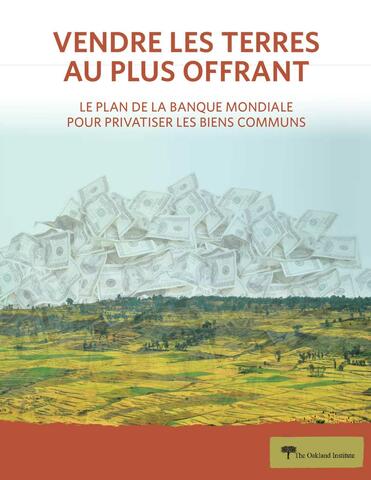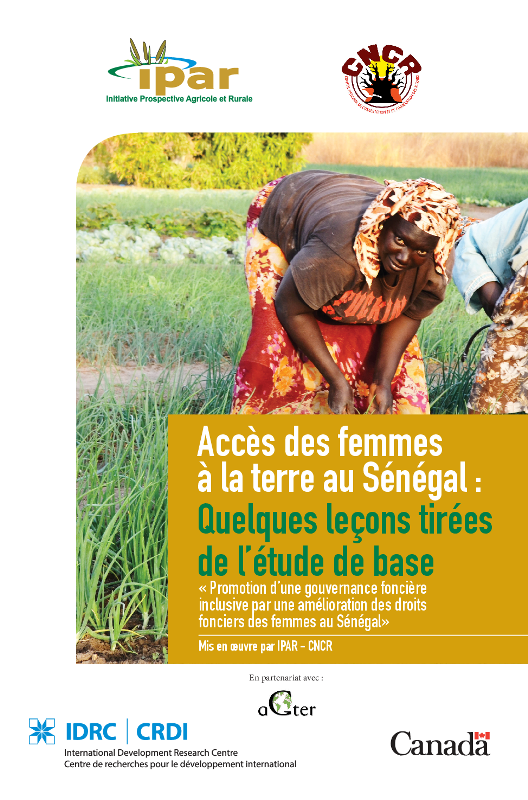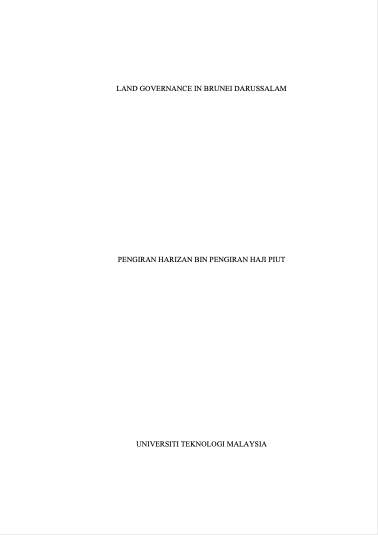Vendre les terres au plus offrant: Le plan de la Banque Mondiale pour privatiser les biens communs
Date: 2019
Source: Foncier & Développement
Par: Frédéric Mousseau (The Oakland Institute)
Ce rapport détaille comment la Banque Mondiale préconise des réformes, via un nouvel indicateur foncier dans le projet EBA (Enabling the Business of Agriculture), qui encourage les acquisitions de terres à grande échelle et l’expansion de l’agrobusiness dans les pays en développement.












